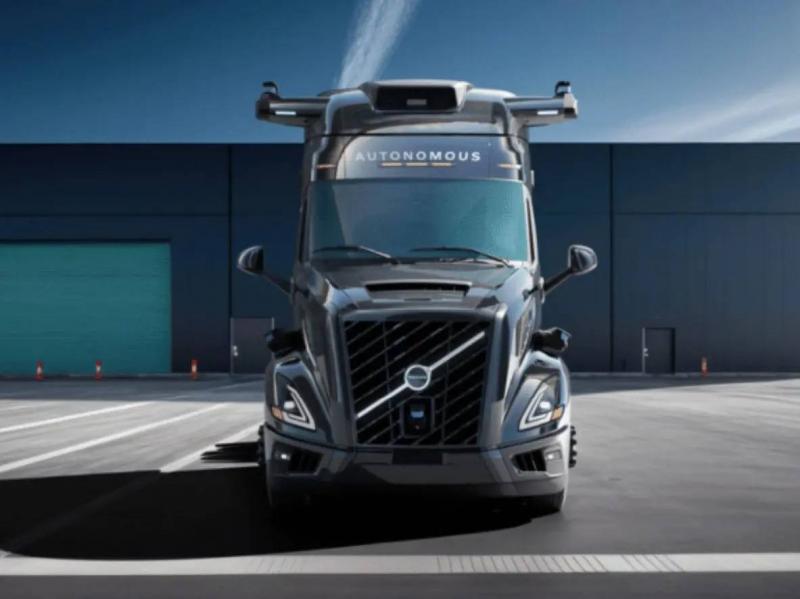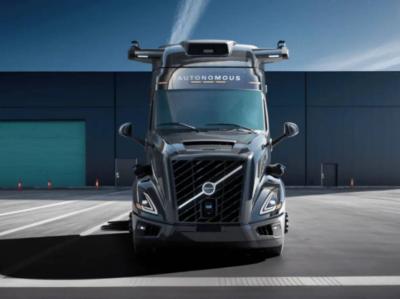Volvo has revealed its first production-ready self-driving truck, developed in collaboration with Aurora, a self-driving technology company founded by former executives from Google, Tesla, and Uber. The autonomous Volvo VNL truck is designed for long-haul transportation and comes three years after the announcement of the partnership between the two companies.
The self-driving version of the truck features a range of high-resolution sensors, cameras, imaging radars, and LiDAR for the operation of the Aurora Driver, which is a Level 4 autonomous driving system allowing the truck to operate without a human behind the wheel. For safety purposes, the truck is equipped with steering, braking, communication, computing, and energy management systems, along with energy storage systems and vehicle motion management.
A human driver will remain behind the wheel to take over when necessary as it begins transporting goods across North America in the coming months. Volvo stated that this truck is the first from its unified global technology platform for autonomous driving, enabling the company to launch additional models in the future, providing autonomous control for all Volvo Group trucks, geographical areas, and other use cases.
The design of the truck for this purpose is crucial for the mass production of self-driving trucks, which is essential if the two companies want to achieve a return on investment in the development of autonomous vehicles. The trucks are manufactured at Volvo's facility in Dublin, Virginia, the company's largest plant in the world.
Volvo first collaborated with Aurora in 2018 to find solutions for autonomous trucks. The two companies have tested technologies on public roads, with Aurora covering a distance of 2,414,016 km on commercial roads. Aurora has announced plans to deploy 20 fully self-driving trucks this year, with a focus on expanding to around 100 trucks by 2025 and selling them to other companies.
The company is also working with German automotive firm Continental to widely deploy self-driving trucks by 2027. It was previously believed that self-driving trucks would be adopted more widely than robotic taxis and personally-owned autonomous vehicles, although they face similar obstacles. Some companies have ceased operations, while others have halted plans for deploying self-driving trucks as timelines stretch into the future and funding decreases. Nevertheless, other automotive manufacturers remain optimistic, designing their self-driving trucks with strict deployment deadlines.




